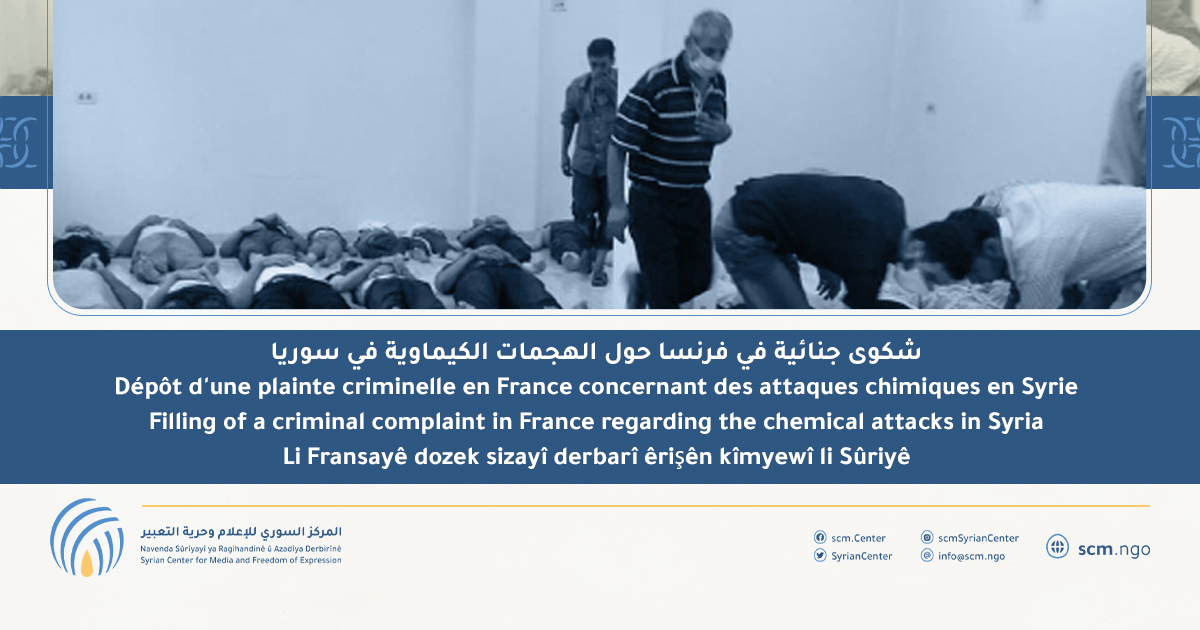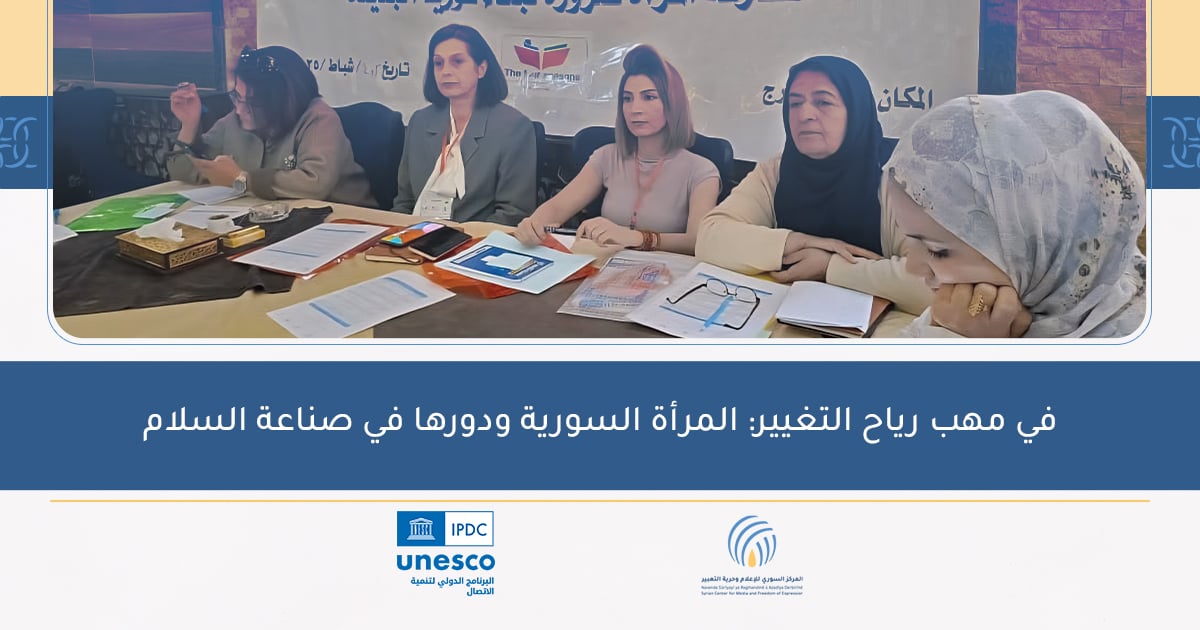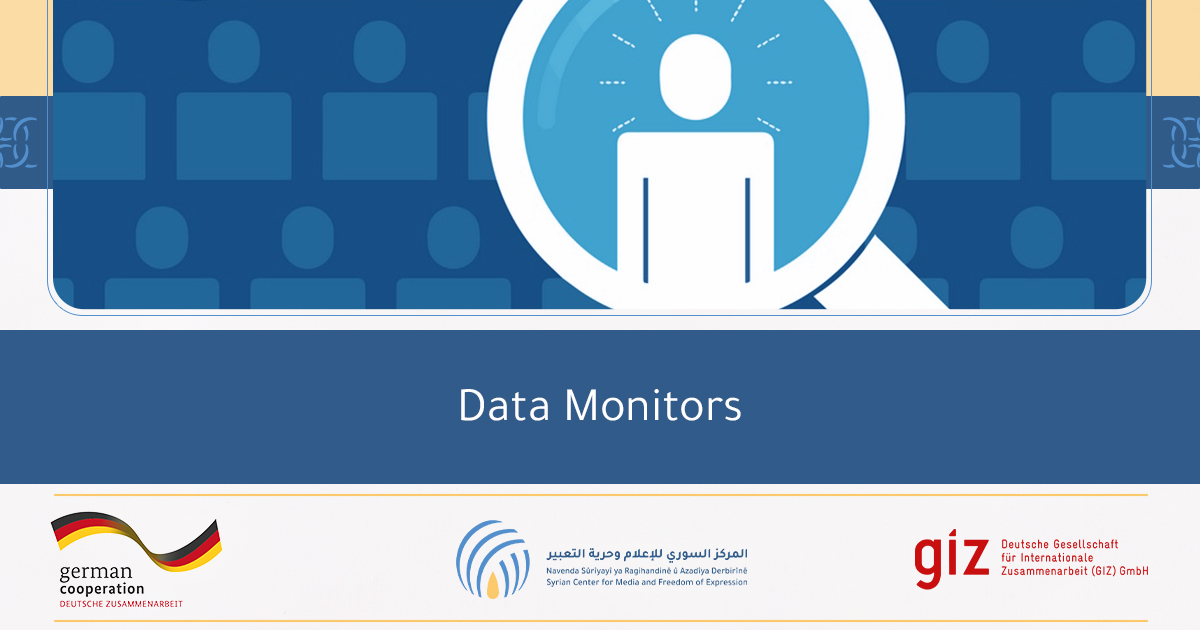Paris – Attorney Mazen DARWISH, General Director of the Syrian Center for Media Freedom and Expression (SCM), submitted a set of documents and forensic evidence to the investigative judges in charge of the criminal investigation on the chemical weapons attacks in Syria that targeted the city of Douma and the region of Eastern Ghouta on 5 and 21 August 2013, filed by a group of survivors and the Syrian Center for Media and Freedom of Expression (SCM), with the support of the Open Society Justice Initiative and Syrian Archive based on the extraterritorial jurisdiction of France.
The judges were handed 491 pieces of additional evidence, including a large and exclusive collection of photos and videos documenting the chemical weapons attacks, in addition to maps that accurately identify the locations of the attacks and the locations where the shells landed, which were collected and documented by the Violations Documentation Center team in Syria which was based in Douma at the time of the attacks. Subsequently, the strategic litigation project team at SCM spent more than four years following-up and analyzing the evidence.
The importance of the evidence handed to the investigative judge lies in the fact that it includes documents related to the military chain of command accurately identifying those involved in issuing orders and carrying out attacks from the top of the hierarchical chain of command represented by the President of the Republic (commander-in-chief of the army and armed forces), all the way down to the lowest ranks related to this series. The documents included the names and ranks of 246 officers from the Fourth Division headed by Major General Maher AL-ASSAD, 94 officers from the 155th Missile Brigade, in addition to 32 officers from the 106th Brigade Republican Guard; The connection of the “Center for Scientific Studies and Research” to the attack was also documented, with a sketch of the administrative structure of the chain of command in this center, where the names, ranks and jobs of 418 of its employees were identified, including officers, individuals, administrators and technicians, as well as the role of Institute 540, who is allegedly responsible for the storage of toxic gases, especially the sarin gas used in the attacks, and the training of military personnel to equip warheads with it.
The submitted evidence also includes a wide range of direct testimony, including the testimonies of 61 witnesses and survivors. Among them are the testimonies of defectors fromِ the aforementioned military units; these witnesses played a major role in helping to determine the individual criminal responsibility of the perpetrators.
These evidences came as a result of the efforts of the Syrian Center for Media and Freedom of Expression teams, who continued collecting evidence and documenting the chain of command within the Syrian government, army and armed forces, allegedly responsible for the massive violations of human rights, war crimes and crimes against humanity committed in Syria. This is the work that our colleague Razan ZAITOUNEH had started before she became herself a victim of enforced disappearance, and was pursued by SCM’s Violation Documentation Project and Strategic Litigation Project teams in cooperation with human rights organizations and media groups, including “Zaman Al-Wasl” and “Jesr Press”.
Similar complaints have been filed in Germany and Sweden based on universal jurisdiction.
Skip to PDF content




